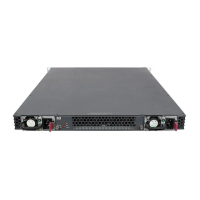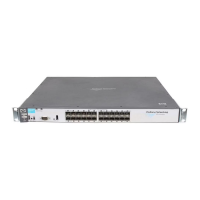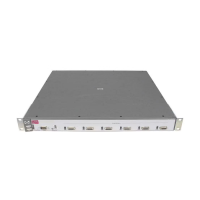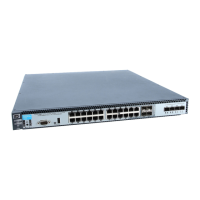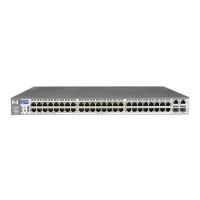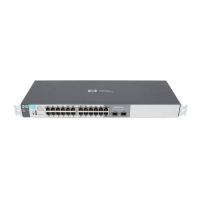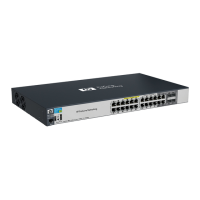Port Trunking
Overview
Overview
This chapter describes creating and modifying port trunk groups. This
includes non-protocol trunks and LACP (802.3ad) trunks.
Port Status and Configuration Features
Feature Default Menu CLI Web
viewing port trunks n/a page 11-9 page 11-11 page 11-17
configuring a static trunk none page 11-9 page 11-15 —
group
configuring a dynamic LACP disabled — page 11-15 —
trunk group
Port trunking allows you to assign up to eight physical links to one logical link
(trunk) that functions as a single, higher-speed link providing dramatically
increased bandwidth. This capability applies to connections between back-
bone devices as well as to connections in other network areas where traffic
bottlenecks exist. A trunk group is a set of up to eight ports configured as
members of the same port trunk. Note that the ports in a trunk group do not
have to be consecutive. For example:
Figure 11-1. Conceptual Example of Port Trunking
With full-duplex operation in a eight-port trunk group, trunking enables the
following bandwidth capabilities:
11-2
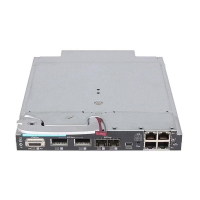
